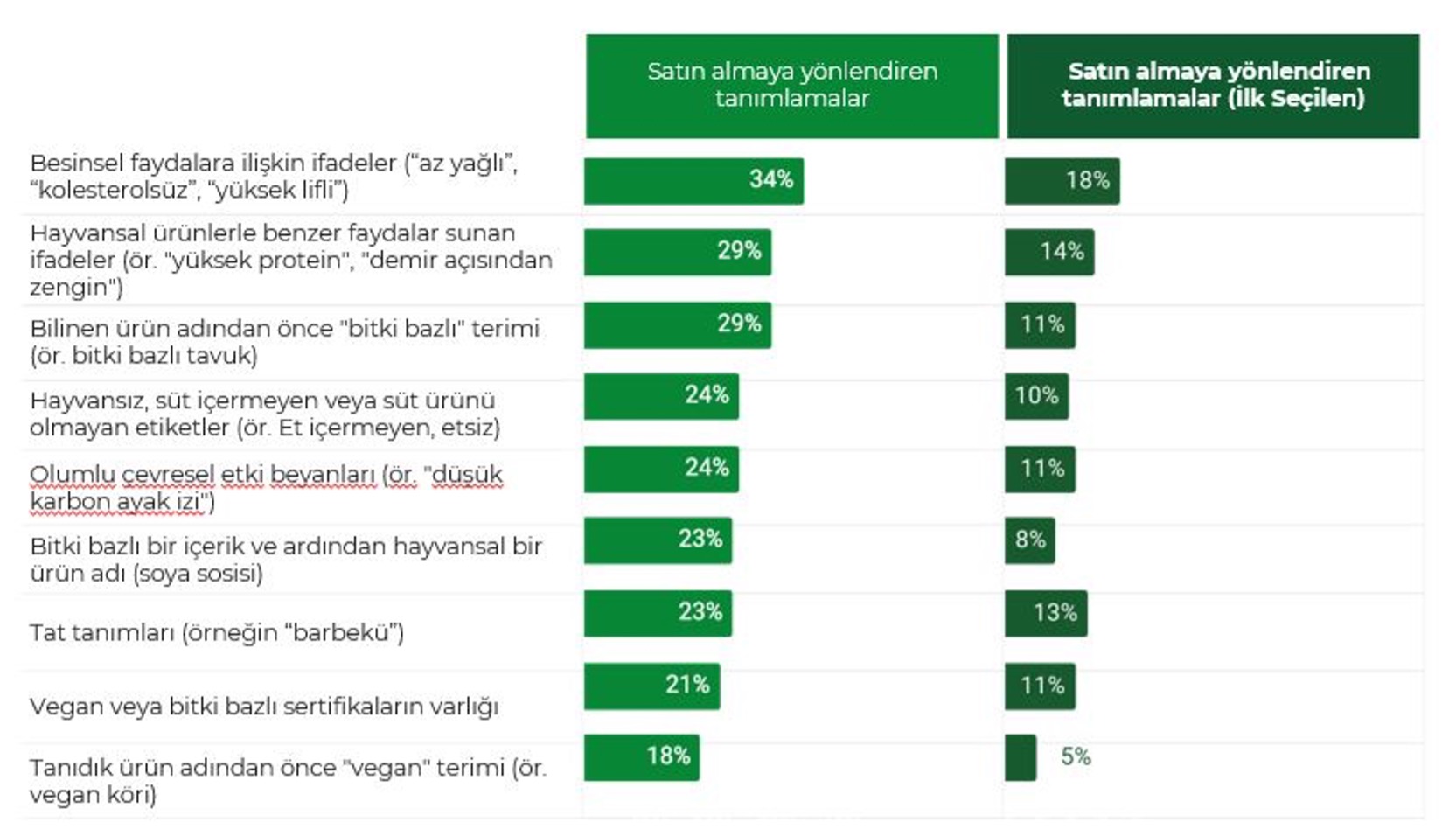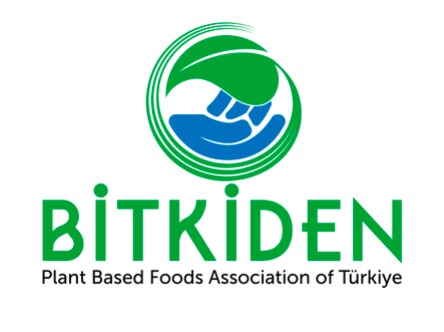Sustainability
What we eat and how that food is produced affects both our health and the environment. Food must be grown, processed, transported, distributed, prepared, consumed, and sometimes disposed of. Each of these steps creates greenhouse gases that trap the sun’s heat and contribute to climate change. About one-third of all human-caused greenhouse gas emissions are linked to food.
The largest portion of food-related greenhouse gases comes from agriculture and land use. For example, methane from cattle digestion, nitrous oxide from fertilizers used in crop production, carbon dioxide from deforestation to expand agricultural land, fertilizer management, other agricultural emissions, rice cultivation, burning crop residues, and fuel use on farms all contribute to greenhouse gases.
A much smaller portion of food greenhouse gas emissions comes from industrial processes such as food refrigeration and transportation, paper and aluminum production for packaging, and food waste management.
Which foods cause how much greenhouse gas emissions?
The climate impact of foods is measured in terms of greenhouse gas emission intensity. Emission intensity is expressed in kilograms of “carbon dioxide equivalents” per kilogram of food, gram of protein, or calorie – encompassing all greenhouse gases, not just CO2.
Animal-based foods, particularly red meat, dairy products, and farmed shrimp, are generally associated with the highest greenhouse gas emissions. The reason for this is:
– Meat production generally requires large pastures that release carbon dioxide stored in forests, which is created by cutting down trees.
– Cows and sheep release methane as they digest grass and plants.
– Cattle waste in pastures and chemical fertilizers used on crops for cattle feed emit nitrous oxide, another powerful greenhouse gas.
– Shrimp farms are often associated with the occupation of coastal land previously covered by mangrove forests, which absorb large amounts of carbon. The large carbon footprint of shrimp stems primarily from the stored carbon released into the atmosphere when mangroves are cut down to create shrimp farms.
Fruits and vegetables, whole grains, beans, peas, nuts, and lentils, such as plant-based foods, generally use less energy, land, and water and have lower greenhouse gas intensities than animal-based foods.

– Emissions are measured in kilograms of carbon dioxide equivalent (kgCO2eq), taking into account not only carbon dioxide but also other greenhouse gases such as methane and nitrous oxide, which have the same global warming potential when converted to carbon dioxide equivalents.
How can food-related emissions be reduced?
Reducing emissions from the food sector requires changes at every stage, from producers to consumers.
When appropriate, shifting food systems toward plant-rich diets and increasing plant protein (beans, chickpeas, etc.) can lead to significant reductions in food emissions. Animal products continue to be an important source of food security, nutrition, and livelihoods for many rural populations worldwide. Improved feeds and feeding techniques can reduce the amount of methane produced during cattle digestion, as well as the amount of gas released from decomposing manure. Better agricultural practices, such as improved manure and manure management, methods to preserve healthy soil for carbon sequestration, rotational grazing, and restoration of degraded land, can help significantly reduce greenhouse gas emissions.
At the same time, reducing food waste is crucial. Every year, approximately 1 billion tons of food—17 percent of all food produced for consumers worldwide—ends up in the trash. Producing, transporting, and allowing this food to spoil contributes to more than 8 percent of global greenhouse gas emissions.
If food waste were a country, it would be the third largest emitter in the world.
https://www.un.org/en/climatechange/science/climate-issues/food
Stay Updated on the Latest Developments!
Subscribe to Bitkiden.org.tr's e-newsletter and discover all the colors of plant-based living!
